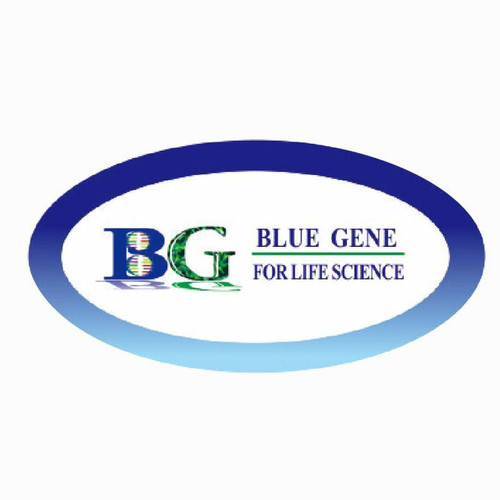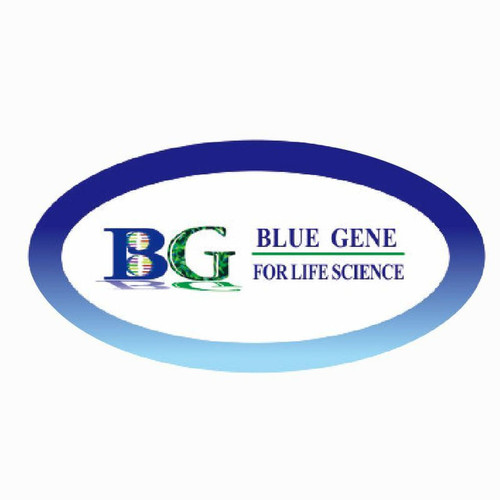Product Description
Human ATP-binding cassette sub-family A member 3 (ABCA3) ELISA Kit | AE23073HU | Abebio
Species Reactivity: Human (Homo sapiens)
Abbreviation: ABCA3
Alternative Name: ABC-C; ABC3; EST111653; LBM180; MGC166979; MGC72201; SMDP3; ABC transporter 3|ATP-binding cassette; sub-family A member 3
Application: ELISA
Range: 78.1-5000 pg/mL
Sensitivity: 33 pg/mL
Intra-Assay: ≤6.8%
Inter-Assay: ≤9.2%
Recovery: 1, 03
Sample Type: Serum, Plasma, Other biological fluids
Detection Method: Sandwich
Analysis Method : Quantitive
Test Principale: This assay employs a two-site sandwich ELISA to quantitate ABCA3 in samples. An antibody specific for ABCA3 has been pre-coated onto a microplate. Standards and samples are pipetted into the wells and anyABCA3 present is bound by the immobilized antibody. After removing any unbound substances, a biotin-conjugated antibody specific for ABCA3 is added to the wells. After washing, Streptavidin conjugated Horseradish Peroxidase (HRP) is added to the wells. Following a wash to remove any unbound avidin-enzyme reagent, a substrate solution is added to the wells and color develops in proportion to the amount of ABCA3 bound in the initial step. The color development is stopped and the intensity of the color is measured.
Product Overview: ATP-binding cassette sub-family A member 3 is a member of the superfamily of ATP-binding cassette (ABC) transporters. ABC proteins transport various molecules across extra- and intracellular membranes. ABC genes are divided into seven distinct subfamilies (ABC1, MDR/TAP, MRP, ALD, OABP, GCN20, White) . This protein is a member of the ABC1 subfamily. Members of the ABC1 subfamily comprise the only major ABC subfamily found exclusively in multicellular eukaryotes. The full transporter encoded by this gene may be involved in development of resistance to xenobiotics and engulfment during programmed cell death.
Stability: The stability of ELISA kit is determined by the loss rate of activity. The loss rate of this kit is less than 5% within the expiration date under appropriate storage condition. The loss rate was determined by accelerated thermal degradation test. Keep the kit at 37°C for 4 and 7 days, and compare O.D.values of the kit kept at 37°C with that of at recommended temperature. (referring from China Biological Products Standard, which was calculated by the Arrhenius equation. For ELISA kit, 4 days storage at 37°C can be considered as 6 months at 2 - 8°C, which means 7 days at 37°C equaling 12 months at 2 - 8°C) .
 Euro
Euro
 USD
USD
 British Pound
British Pound
 NULL
NULL












